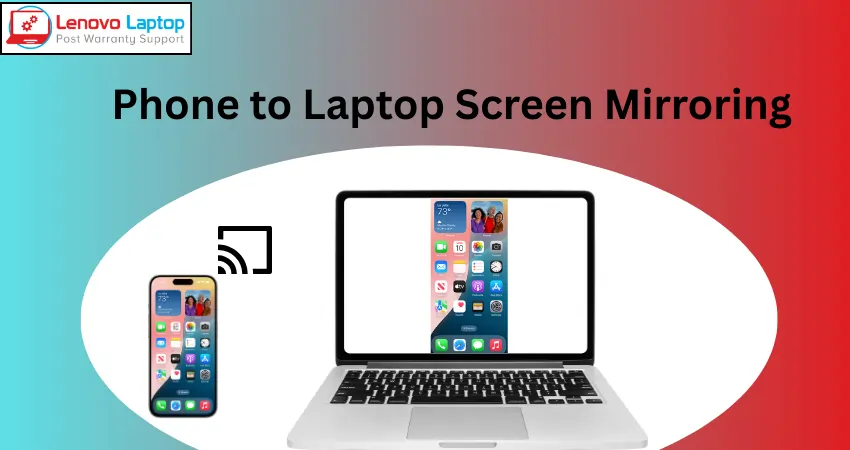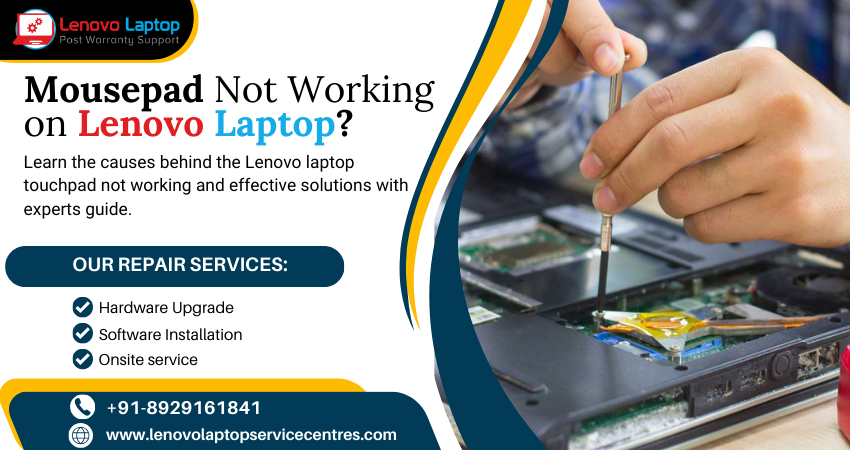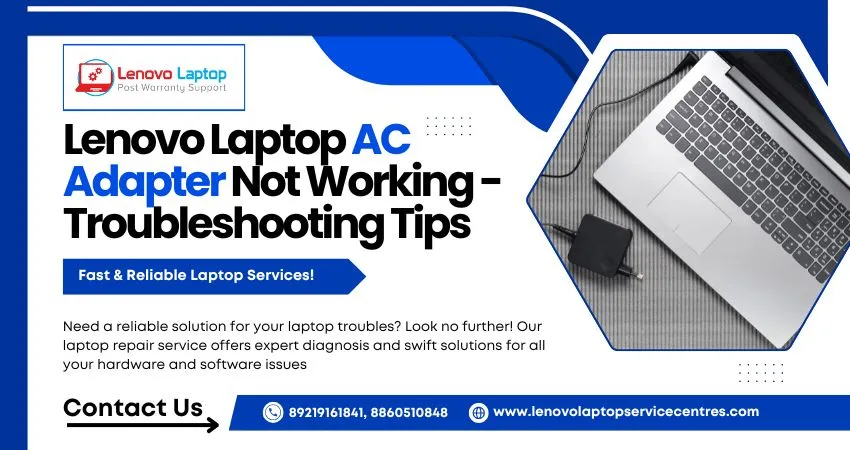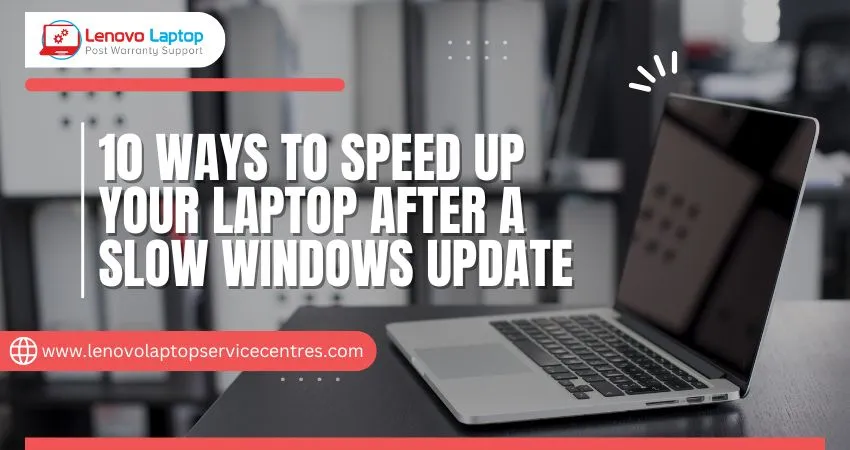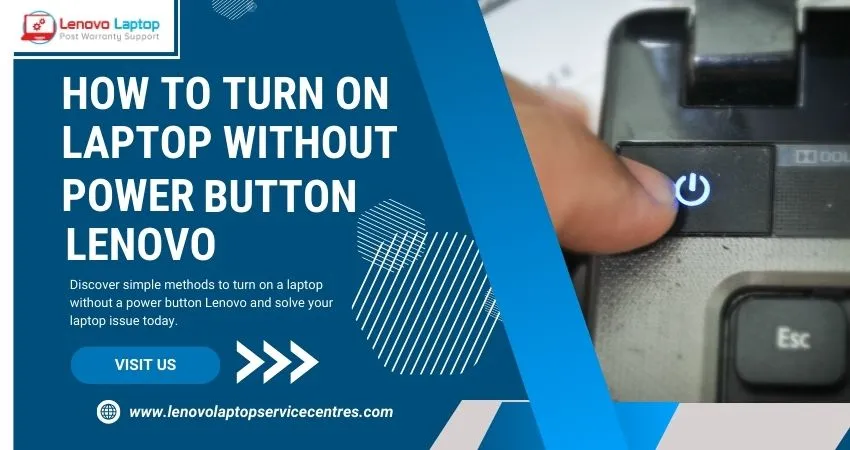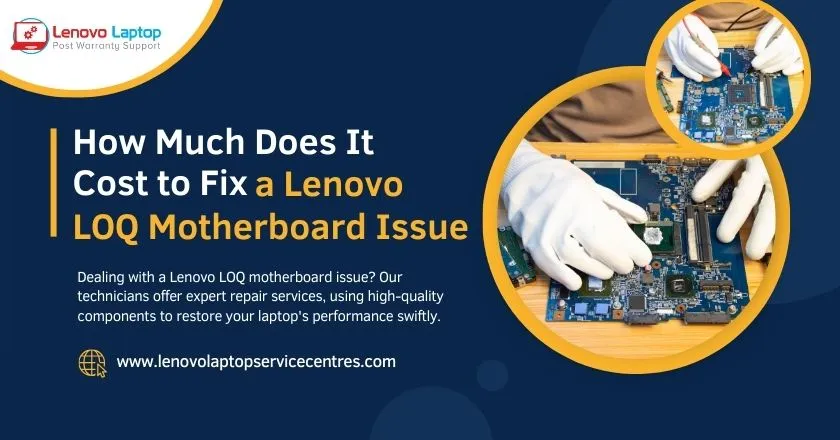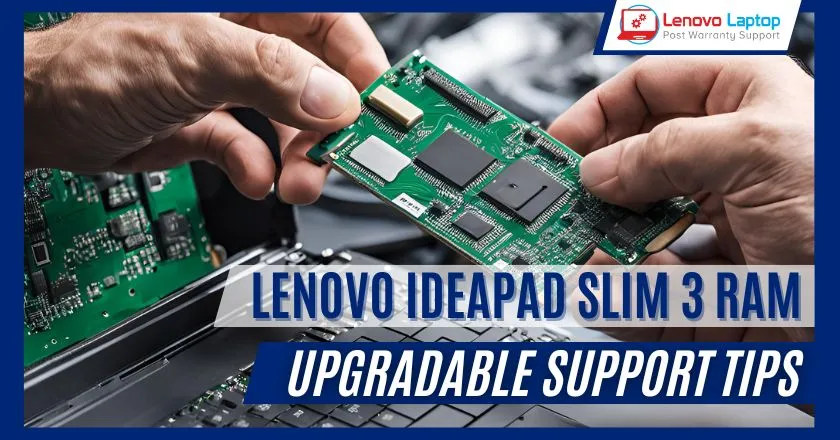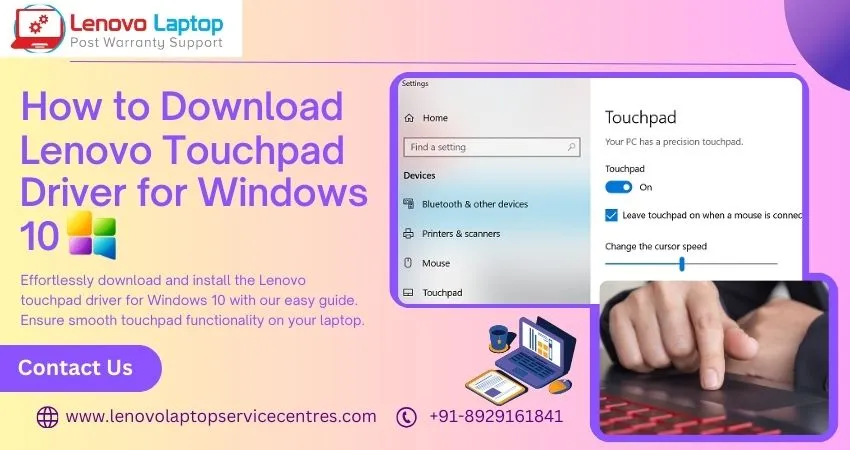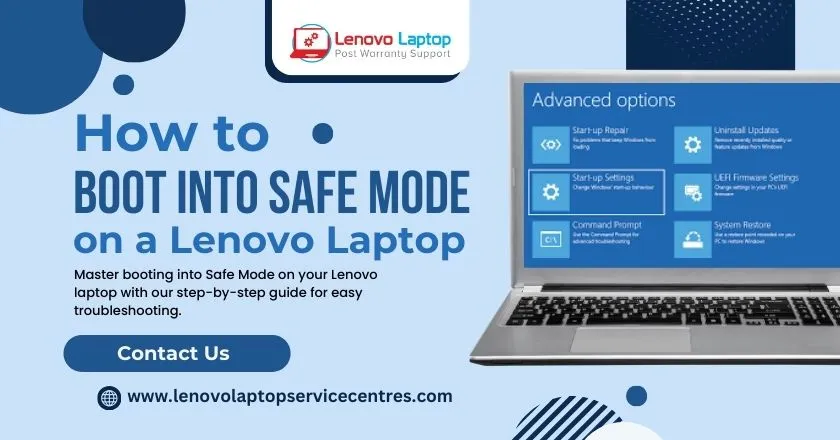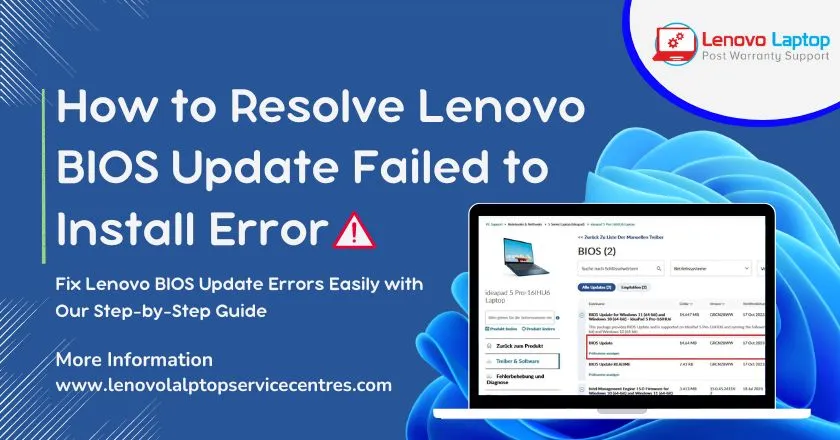Call Us: +91-7042640351, 9891868324
- Home
- How to Install OS (Operating System) on Laptop
How to Install OS (Operating System) on Laptop
By Admin / 27 Jun 2024
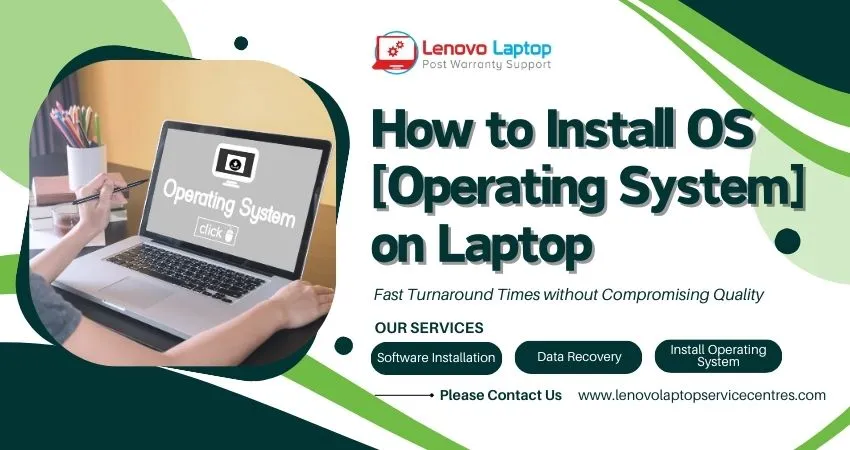
In this comprehensive guide, we'll walk you through the process of how to install OS (Operating System) on a laptop. Whether you're setting up a new machine, upgrading your current system, or performing a clean installation, this step-by-step guide will make the process straightforward and stress-free. We’ll cover everything from preparation to the final setup, ensuring you have a fully functional laptop by the end. Let's dive in!
Getting Started with Installing an Operating System on a Laptop
Knowing how to install an OS (operating system) on a laptop is an essential skill when it comes to maintaining and upgrading your computer. This process can not only breathe new life into an old device but also help solve various software problems. In this guide, we will focus on 'install an OS (operating system) on a laptop' to ensure that you understand the entire process. Whether you are a tech novice or an experienced user, this guide is designed to be accessible and informative.
Why Install a New Operating System?
Before diving into the installation process, it's important to understand why you might want to install a new operating system:
1. Performance Improvement: A fresh OS installation can significantly improve the performance of your laptop, making it run faster and more efficiently.
2. Removing Malware: If your laptop has been compromised by malware, installing a new OS can remove these threats.
3. Upgrading to a New Version: New OS versions come with improved features, better security, and enhanced user experience.
4. Customization: Installing a new OS allows you to customize the system according to your preferences.
Preparation Before Installation
1. Backup Your Data
Before you begin, ensure all your important files are backed up. This can be done using external storage devices like USB drives, external hard drives, or cloud storage services such as Google Drive, Dropbox, or OneDrive.
2. Choose the Right Operating System
Decide which operating system you want to install. Popular choices include Windows, macOS, and various Linux distributions. Make sure your laptop meets the system requirements for the OS you choose.
3. Create a Bootable USB Drive
To install the OS, you'll need a bootable USB drive. Here's how to create one:
1. Download the OS ISO File: Visit the official website of the OS you want to install and download the ISO file.
2. Use a Tool to Create the Bootable Drive: Tools like Rufus (for Windows) or Etcher (for macOS and Linux) can be used to create a bootable USB drive. Follow the tool's instructions to transfer the ISO file to the USB drive.
Installing the Operating System
Step 1: Insert the Bootable USB Drive
Insert the bootable USB drive into your laptop. Ensure your computer is turned off before doing this.
Step 2: Access the Boot Menu
Turn on your laptop and immediately press the key that opens the boot menu. This key varies by manufacturer (common keys include F2, F12, ESC, or DEL). Consult your laptop's manual or the Lenovo Service Center website if you're unsure.
Step 3: Select the USB Drive
In the boot menu, select the USB drive as the boot device. This will start the installation process.
Step 4: Follow the Installation Prompts
1. Language and Preferences: Select your preferred language, time, and keyboard settings.
2. Install Now: Click 'Install Now' to begin the installation.
3. Product Key: If prompted, enter your product key. For Windows, this is often found on a sticker on your laptop or in the confirmation email if you purchased it online.
4. License Agreement: Read and accept the license agreement.
Step 5: Choose Installation Type
You will be presented with options such as 'Upgrade' or 'Custom Installation.' For a clean install, select 'Custom Installation.'
Step 6: Partition Your Hard Drive
Select the drive where you want to install the OS. You may need to format the drive if you're performing a clean install. Be cautious, as this will erase all data on the drive.
Step 7: Begin the Installation
Click 'Next' to start the installation. The laptop will copy files, install features and updates, and complete the installation process. This can take some time, so be patient.
Post-Installation Setup
1: Set Up Your User Account: After the installation, you’ll need to set up your user account. This includes creating a username and password.
2: Install Drivers: Ensure all your hardware is functioning correctly by installing the necessary drivers. For Lenovo laptops, you can visit the Lenovo Service Center website to download the latest drivers.
3: Install Essential Software: Begin installing the essential software you need, such as web browsers, office suites, and media players. It's also a good idea to install antivirus software to keep your system secure.
4: Restore Your Data: If you backed up your data before the installation, now is the time to restore it to your laptop. Ensure all your files are correctly restored, and everything is in its place.
Troubleshooting Common Issues
1. Boot Issues: If your laptop doesn’t boot from the USB drive, check the BIOS settings to ensure USB booting is enabled.
2. Missing Drivers: If certain hardware isn’t working correctly, ensure you’ve installed all necessary drivers.
3. Activation Problems: If you encounter issues activating your OS, ensure you’ve entered the correct product key.
Read More: Complete Guide: Dell OS Recovery Tool for Windows 11
Seeking Professional Help at Lenovo Laptop Service Center
If you encounter any issues during the OS installation process or need expert assistance, consider reaching out to the Lenovo Laptop Service Center. Our skilled technicians are ready to help you with all your laptop needs, from OS installation to hardware troubleshooting. With professional service and support, we ensure your laptop runs smoothly and efficiently. For assistance, contact us at 8929161841 or 8860481697. Visit our website, Lenovo Laptop Service Center, for more information and to schedule an appointment. Let us take the hassle out of your laptop maintenance and setup.
Conclusion
Learning how to install OS (Operating System) on a laptop is a valuable skill that can enhance your computing experience. By following this guide, you should be able to perform a successful installation, whether you're setting up a new laptop or rejuvenating an old one. Remember to back up your data, follow the steps carefully, and don’t hesitate to seek help from a Lenovo Service Center if you encounter any issues. With your new operating system installed, your laptop will be ready to provide you with improved performance, security, and functionality.
Happy computing!
By following this comprehensive guide, you can confidently install an OS on your laptop, ensuring a smooth and efficient setup process. Whether you're a novice or an experienced user, these steps are designed to be easy to understand and follow, making the installation of an operating system a hassle-free experience.
 Share
Share
 Tweet
Tweet
 Share
Share
 Share
Share
Recent Post
-
Cannot Load Driver ENE.SYS? Try These 6 Fixes!
12 Dec 2024
-
How to Solve Lenovo Laptop Hanging Problem
26 Oct 2024
-
How to Restart Lenovo Laptop with Black Screen
22 Oct 2024
-
Lenovo Laptop Power Button on but no Display
02 Sep 2024
-
How to Fix Wi-Fi Not Showing on Windows 10/11
30 Aug 2024
-
Lenovo Laptop Touchpad Replacement Cost in India
28 Aug 2024
-
How to Unlock a Locked Lenovo Laptop Keyboard
12 Aug 2024
-
How to Boot Into Safe Mode On a Lenovo Laptop
31 Jul 2024
-
How to Check Lenovo Laptop Fan is Working or Not
09 Jul 2024
-
How to Fix Bluetooth Problem in Lenovo Laptop
05 Jul 2024
-
How to Install OS (Operating System) on Laptop
27 Jun 2024
-
How to Fix It When Windows 11 Won't Shut Down
21 Jun 2024
-
Lenovo E-41 25 Panel Replacement Cost in India
31 May 2024
-
How to Fix Stuck Keys on Lenovo Laptop Keyboard
30 May 2024
-
Lenovo Laptop Black Screen Issue on Windows 11
17 Apr 2024
-
How to Download Lenovo Vantage for Windows 11
15 Apr 2024
-
How to Get Lenovo Accidental Damage Protection
11 Apr 2024
-
Lenovo System Update Download For Windows 11
06 Apr 2024
-
Lenovo Laptop Security Issues in windows 11
04 Apr 2024
-
How to Check Battery Health in Lenovo Laptop
30 Mar 2024
-
How to Run Hardware Diagnostics on Lenovo Laptop
20 Dec 2023
-
How to find model number of lenovo laptop
18 Dec 2023
-
How to Update Drivers in Lenovo Laptops
02 Dec 2023
-
Why is my lenovo laptop making a buzzing noise
28 Nov 2023
-
Best Guide: Resolve Lenovo Laptop Touchpad Issue
11 Oct 2023
-
How to Troubleshoot Lenovo Laptop Battery Issues
16 Aug 2023
-
Lenovo Laptop Hinges Repair or Replacement Cost
09 Aug 2023
-
How to Find Lenovo Laptop Serial Number
08 Aug 2023
-
Lenovo Laptop SSD Upgradation Cost
18 Jul 2023
-
Lenovo Laptop Camera Replacement Cost
18 Jul 2023
-
Lenovo Laptop Battery Replacement Cost
13 Jul 2023
-
Lenovo Laptop Screen Replacement Cost
12 Jul 2023
-
Lenovo Laptop Keyboard Replacement Cost
12 Jul 2023
-
How to Fix Camera Issue in Lenovo Laptop
07 Jul 2023
-
How to Format Lenovo Laptop with USB
06 Jul 2023
-
How to Increase Battery Life on a Lenovo Laptop
21 Jun 2023
-
How to Fix White Screen on Lenovo Laptop
20 Jun 2023
-
Lenovo Laptop Motherboard Replacement Cost
19 Jun 2023
-
How do I stop my Lenovo laptop from overheating?
16 Jun 2023
-
What is Cost of Lenovo Laptop in India?
22 Sep 2022
-
Lenovo Laptop Problems Black Screen
21 Sep 2022
Looking For A Fast & Reliable Laptop Repair Service
We have professional technicians, fast turnaround times and affordable rates. Book Your Repair Job Today!
Submit Your Query

We specialize in all types of laptop services and provide reliable and quality door step service to our clients
- Plot No 135, 2nd Floor, Kakrola Housing complex main market road , Near Metro Pillar no. 789, Nearest Metro Stn. Dwarka Mor, Dwarka, New Delhi-110078 India.
- +91-7042640351,+91-9891868324
- info@bsslaptoprepaircenter.com
- Shop No.126, Patel Chawel,Near Cigarette Factory,Chakala,Andheri East,Mumbai-400099
- +91- 9891868324,+91-8860510848
- Monday - Sunday (10 am to 7 pm)
QUICK LINKS
SERVICE CENTER IN DELHI
DISCLAIMER: Any product names, logos, brands, and other trademarks or images featured or referred to within website are the property of their respective trademark holders. Moreover https://lenovolaptopservicecentres.com/ is neither associated nor affiliated with Lenovo or Lenovo India. Logos and Images are being used only for representation purpose of post warranty Lenovo laptop support and service. BS System Solutions is an independent organization.
BS System Solutions | All Rights Reserved
Design by Attractive web Solutions
